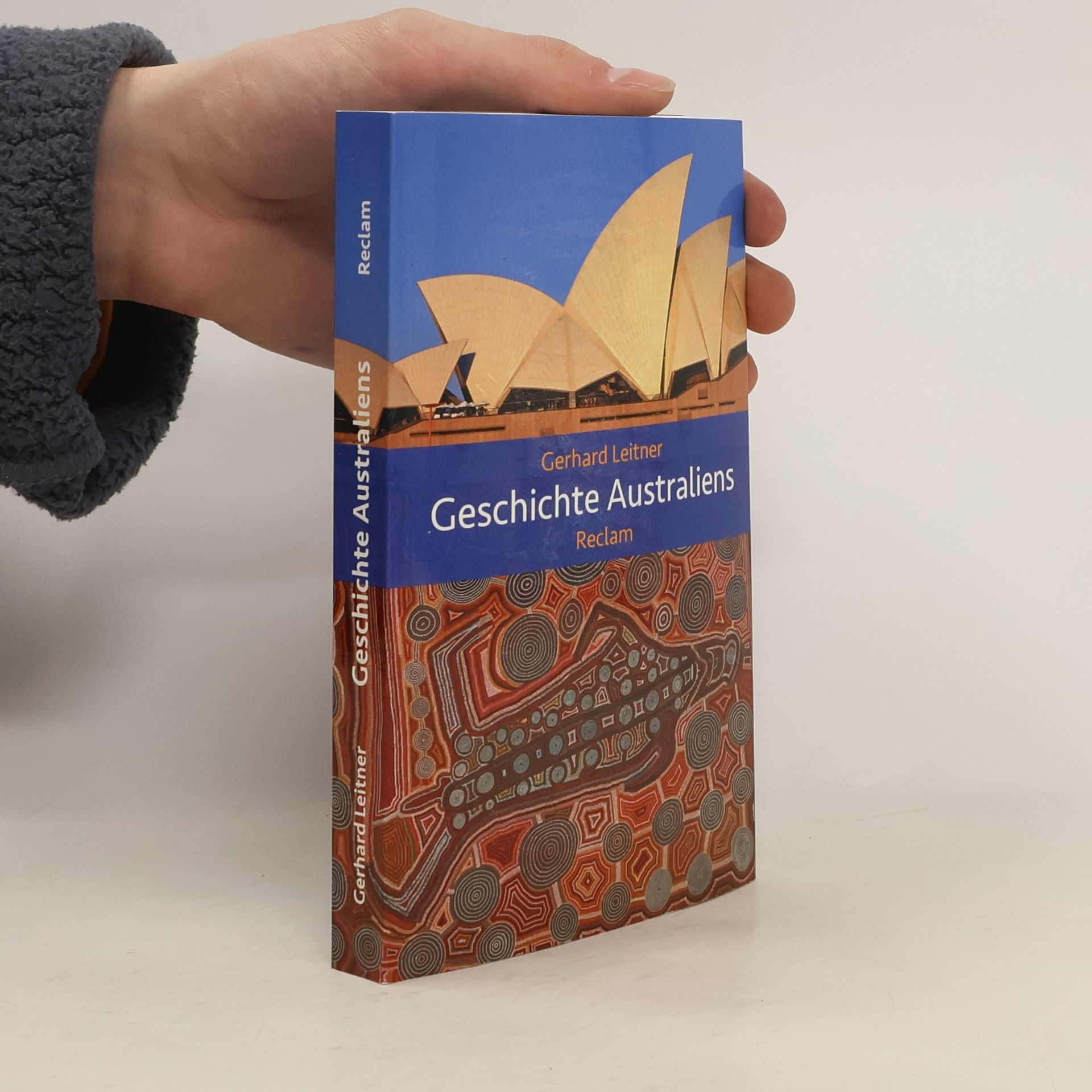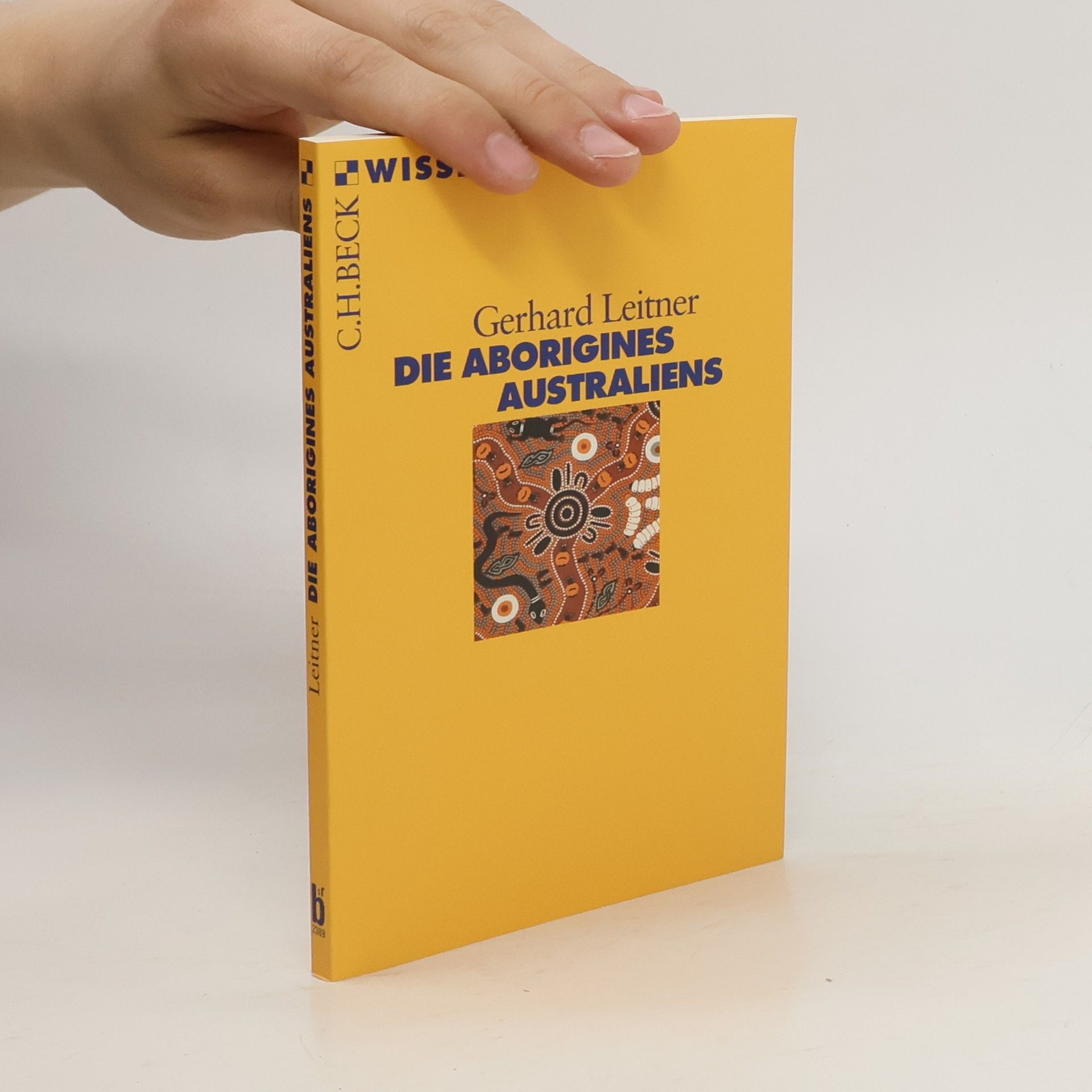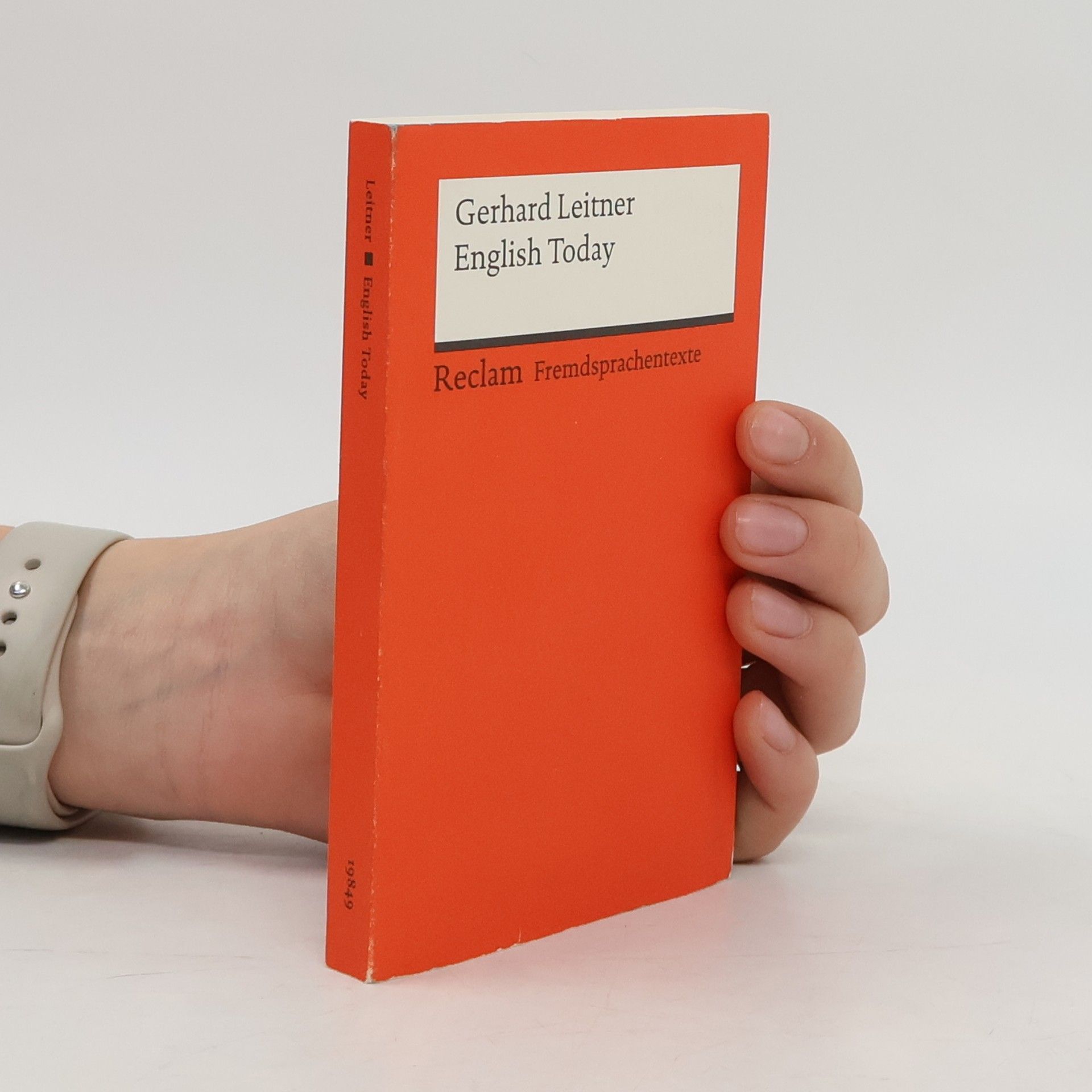Focusing on the role of English within Southeast Asia and the ASEAN framework, this book explores how the language interacts with diverse regional contexts and political environments. It examines the unique linguistic landscapes, cultural influences, and the implications of English usage across different Southeast Asian nations, highlighting its significance in fostering communication and collaboration within the region.
Gerhard Leitner Livres





1780 gab es weniger als 15 Millionen Menschen, die Englisch sprachen – in England, Irland, Schottland, den USA und Kanada vor allem. Heute ist Englisch für rund 400 Millionen Menschen Muttersprache, über 500 Millionen sprechen es als Zweitsprache. Dieses kleine Buch zeichnet den Weg des Englischen zur Weltsprache nach: seine Entstehung und Entwicklung, seine regionale Differenzierung, seine Ausbreitung und die besonderen Varianten des Englischen in den verschiedenen Erdteilen.
Die Aborigines Australiens
- 126pages
- 5 heures de lecture
Im Mittelpunkt dieser Geschichte der Aborigines von der Urzeit bis heute stehen die materielle, geistige, künstlerische und religiöse Kultur sowie politische Fragen, die besonders in den letzten Jahrzehnten aufgeworfen wurden. Das Buch ist zwangsläufig aus europäischer Perspektive geschrieben, vermeidet aber weitgehend Werturteile und lässt Aborigines authentisch zu Wort kommen, wo immer das möglich ist.
Australiens Geschichte ist natürlich mehr als die Geschichte von Einwanderung und Unabhängigkeit, mehr als die Geschichte einer ehemals britischen Kolonie. Gerhard Leitner macht ernst mit einer neuen Sichtweise auf die »terra australis«, den fünften Kontinent, und auf die australische Nation. Australien versteht sich selbst zunehmend als vielfältig, multikulturell, nicht mehr ›weiß‹, nicht mehr von britischer Abkunft allein, sondern eingebunden in seinen asiatisch-pazifischen Raum. Die Aborigenes werden deshalb nicht nur vor der europäischen Entdeckung und Besiedelung gebührend berücksichtig. Konsequent folgt der Autor dem roten Faden einer gemeinsamen Geschichte von europäischen (und anderen!) Einwanderern und Indigenen; zugleich wirft er einen Blick auf die Abgrenzung nach außen bei der Flüchtlingspolitik und der Handhabung von Asyl. Damit eröffnet Gerhard Leitners »Geschichte Australiens« einen aktuellen Zugang zur Politik und Kultur einer dynamischen Gesellschaft und Einblick in eines der Sehnsuchtsziele vieler Europamüder.